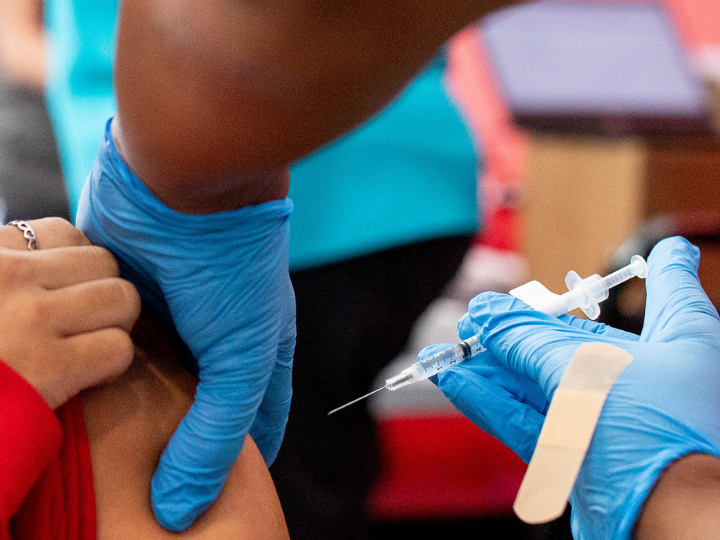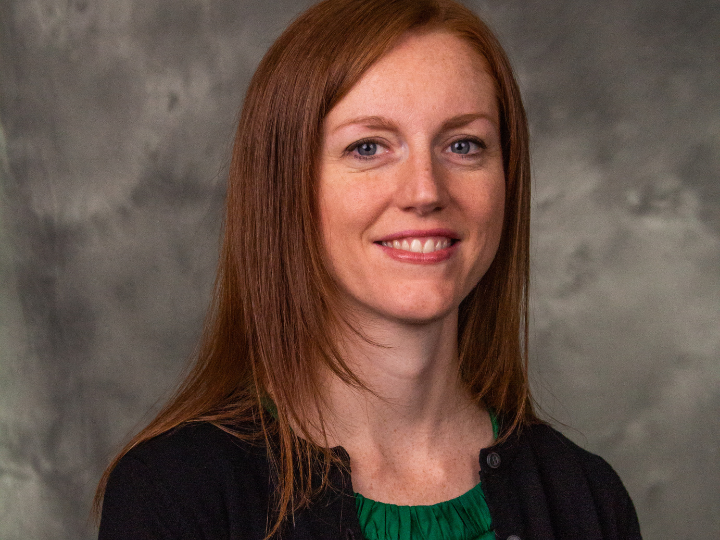

During the first weeks of the COVID-19 vaccine rollout in December 2020, Kathryn Freeman Anderson searched far and wide for places to get her parents, who are older than 65, vaccinated. The extensive search prompted the University of Houston associate professor of sociology to look at the map of Houston sites, and knowing the demographics of the city, she suspected there might be an association between segregation and vaccine allocations.
"I thought, 'we have a problem here,' and through our research, discovered that Black and Latino neighborhoods were less likely to get vaccines during the rollout because they already lack health care resources," said Anderson, whose teaching focus is on health and illness, racial ethnic relations and urban sociology.
The findings, published today in the Journal of Health and Social Behavior, reveal a "clear issue of race and existing inequalities in health care" only exacerbated by the pandemic.
Anderson and co-author Darra Ray-Warren, a UH sociology student, examined how racial/ethnic residential segregation is associated with the distribution of vaccines sites and doses across the five largest urban counties in Texas: Bexar (San Antonio), Dallas (Dallas), Harris (Houston), Tarrant (Fort Worth) and Travis (Austin). They collected data from the Texas Department of State Health Services between weeks two and 10 – during phases 1A and 1B – while supply and eligibility were still limited.
"We found that the racial/ethnic clustering scores have a significant relationship to the density of vaccine sites across these five counties," Anderson explained. "As clustering of Black and Latino groups increases, the number of vaccine sites per 100,000 people in a zip code decreases."
In other words, the greater percentage of a zip code that is Black or Latino, the fewer vaccine facilities the zip code is predicted to have based on the data. When the research team factored in the addition of hospitals and physicians' offices to certain zip codes, a higher number of vaccine distribution sites existed.
"This points to a much stronger race story than one about socio-economic dynamics, which is a prominent theme on resource allocation across neighborhoods," the study states. "Not having health care infrastructure in place means that when confronted with a public health catastrophe, the existing inequalities in our health care system are deepened. The COVID-19 pandemic is, for many people, one of the most disruptive and challenging public health events of our lifetimes. Vaccination in this context represents a lifeline to spare further human suffering, loss of life, and a potential return to normalcy. However, this valuable resource was not distributed evenly across urban areas, with limited access to populations already at risk for complications from the virus."
Anderson offers solutions to help alleviate this issue now and in future times of crisis.
"We need to be cognizant and make a more concerted effort to provide health care in underserved neighborhoods," she said. "One way is to educate more physicians of color because studies have shown they are far more likely to practice in minority neighborhoods."






